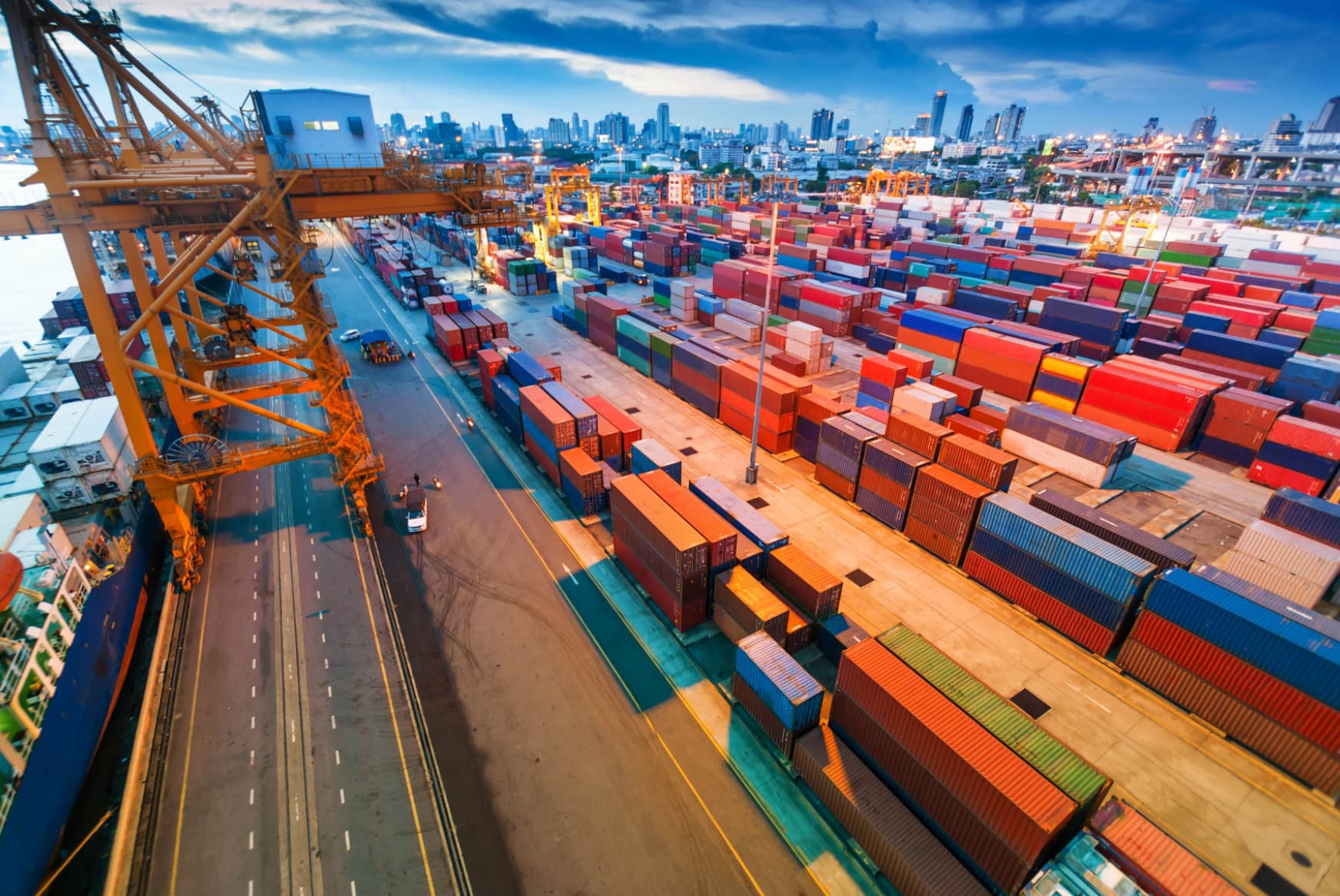Challenges and Evolutions of the Logistics world
In a logistics market that is constantly evolving and increasingly focused on quality and transparency, supply chain visibility, traceability and system interoperability are challenges that require solutions capable of making sense of the numerous data generated by tracking tools.
Logistics companies need to manage multiple compliance tools, often paper-based, to ensure food safety compliance, track products, and gain visibility into performances and processes. The lack of collaboration between supply chain partners, with fragmented data, siloed processes, and softwares that don't communicate with each other, makes it nearly impossible to reconstruct the history of the product being moved. This is increasingly impacting logistics and transportation at multiple levels: 1PL, 2PL, 3PL, 4PL.
Guaranteeing an increasingly transparent and complete service to customers and consumers is the great challenge of logistics today.
The cold logistics market: a growing industry
The global market value of logistics players working with the cold chain will reach $447.50B by 2025, at a CAGR of 15.1%.
The total global revenue of cold chain monitoring and control sensors for fresh and processed food will grow from $62.7B in 2020 to $136.4B in 2025.
When analyzing the revenue distribution, it is interesting to highlight that software is growing faster than hardware, with a CAGR of 14% from 2020-2025.
Digital solutions for logistics and transportation
In an effort to pursue visibility and traceability goals, logistics service providers are adopting digital technologies to automate and streamline processes. These innovative solutions offer complete supply chain visibility in real time, in the form of a control tower that can orchestrate all logistics processes. Data from all suppliers is integrated and visibility into inventory, transportation and performance is guaranteed.
Wenda allows food logistics and transportation companies – and others – to enhance their track & trace service, gaining full visibility of product and process data across multiple supply chain stages: temperatures, location, orders, product codes and many other parameters, manageable on full loads as well as in groupage and in storage at multiple levels of the supply chain, allow you to reconstruct the complete history of the product, mitigating operational risks and making processes more efficient.

